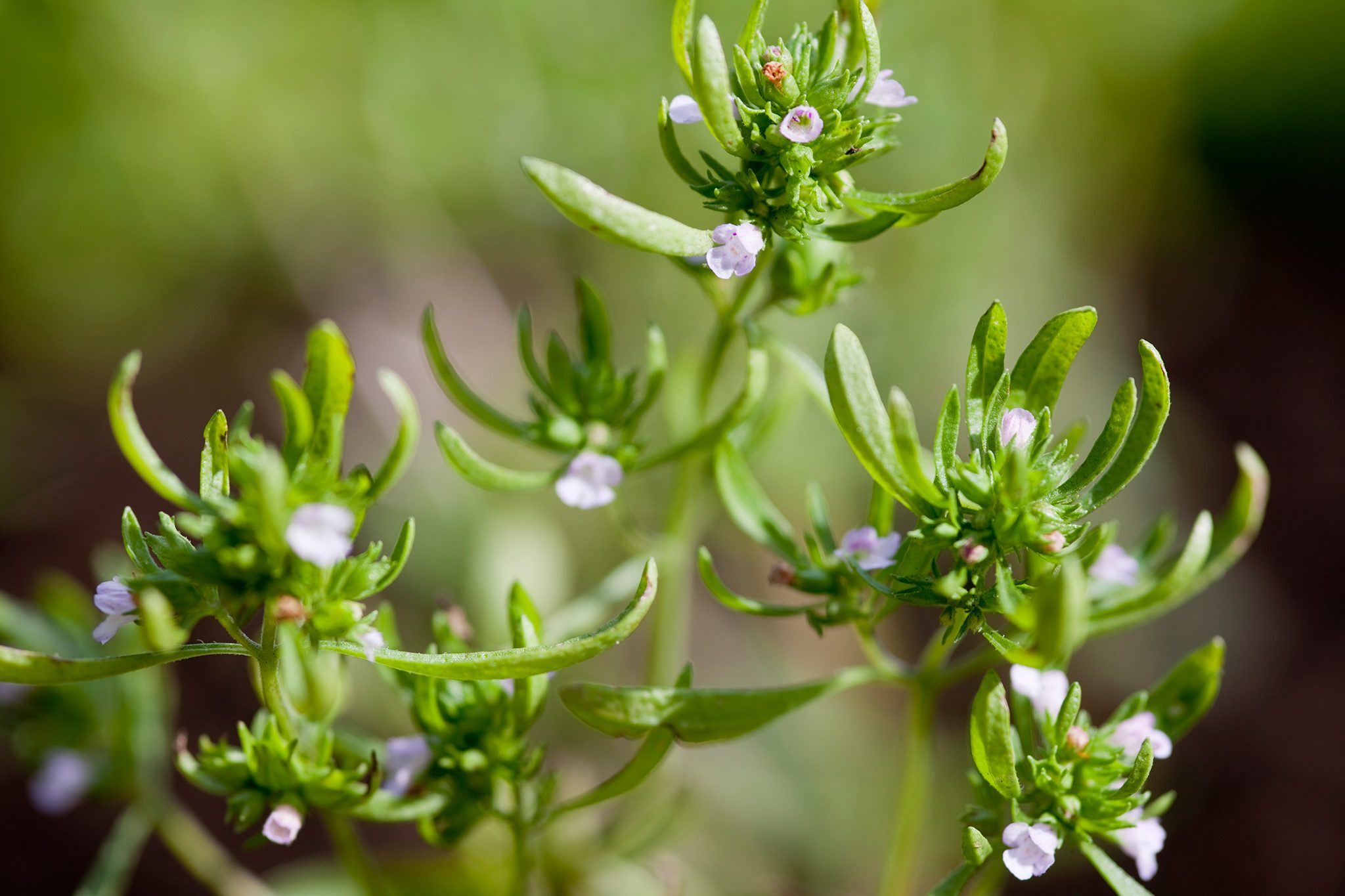
Satureja, commonly known as savory, is a fascinating herb with a rich history and a variety of uses. Did you know that this plant has been cherished for centuries, not just for its culinary benefits but also for its medicinal properties? From ancient Rome to modern kitchens, savory has played a significant role in enhancing flavors and promoting health. But what makes Satureja so special? Is it the unique blend of aromatic compounds, or perhaps its versatility in both summer and winter varieties? Let's dive into 30 intriguing facts about this remarkable herb that will leave you appreciating its value even more. Whether you're a seasoned chef, a budding gardener, or simply curious, these facts will enrich your knowledge and perhaps inspire you to incorporate savory into your daily life.
What is Satureja?
Satureja, commonly known as savory, is a genus of aromatic herbs and shrubs. These plants belong to the mint family, Lamiaceae, and are widely used in cooking and traditional medicine. Let's dive into some fascinating facts about Satureja.
Historical Significance
Satureja has a rich history that spans centuries. Here are some intriguing historical facts:
- Ancient Romans and Greeks used savory as a culinary herb and medicinal plant.
- The name "Satureja" is derived from the word "satyr," mythical creatures known for their love of revelry and feasting.
- In medieval Europe, savory was a popular seasoning before the widespread use of pepper.
- Savory was believed to have aphrodisiac properties in ancient times.
Types of Satureja
There are several species within the Satureja genus. Here are some notable ones:
- Summer Savory (Satureja hortensis): An annual herb with a milder flavor, often used in cooking.
- Winter Savory (Satureja montana): A perennial herb with a stronger, more pungent taste.
- Satureja thymbra: Known for its strong aroma and medicinal properties.
- Satureja spicigera: Often used in traditional medicine for its antibacterial properties.
Culinary Uses
Satureja is a versatile herb in the kitchen. Here are some ways it enhances dishes:
- Summer savory is a key ingredient in the French herb blend "Herbes de Provence."
- Winter savory pairs well with beans, meats, and stews due to its robust flavor.
- Savory is often used in sausage making, particularly in German and Italian cuisines.
- It can be used fresh or dried, with dried savory having a more concentrated flavor.
Medicinal Benefits
Satureja is not just for cooking; it also offers various health benefits:
- Contains antioxidants that help combat free radicals.
- Known for its anti-inflammatory properties, which can help reduce swelling and pain.
- Used in traditional medicine to treat digestive issues like bloating and indigestion.
- Contains essential oils that have antimicrobial properties.
Growing Satureja
Interested in growing your own savory? Here are some tips:
- Summer savory prefers well-drained soil and full sun.
- Winter savory is more tolerant of poor soil and can withstand colder temperatures.
- Both types can be grown from seeds or cuttings.
- Regular pruning encourages bushier growth and more abundant leaves.
Fun Facts
Here are some fun and lesser-known facts about Satureja:
- The herb is sometimes called the "bean herb" because it pairs so well with legumes.
- In Bulgaria, savory is known as "chubritsa" and is a staple in their spice mix called "sharena sol."
- Savory was used as a bee repellent in ancient times.
- The essential oil of savory is used in aromatherapy for its uplifting and invigorating scent.
Environmental Impact
Satureja also plays a role in the environment:
- Attracts beneficial insects like bees and butterflies, aiding in pollination.
- Acts as a natural pest repellent, reducing the need for chemical pesticides.
- Can be used in companion planting to protect other crops from pests.
- Its deep roots help prevent soil erosion.
Cultural References
Satureja has made its mark in various cultures:
- In ancient Rome, savory was used in love potions and believed to enhance romantic feelings.
- The herb is mentioned in the Bible as one of the bitter herbs eaten during Passover.
The Final Scoop on Satureja
Satureja, often overlooked, packs a punch in both flavor and health benefits. This herb, part of the mint family, has been used for centuries in cooking and medicine. Its antioxidant properties help fight free radicals, while its antimicrobial effects can combat infections. Satureja is also known to aid digestion, reduce inflammation, and even boost your mood.
Whether you’re adding it to your favorite dish or brewing it as tea, this herb is versatile and beneficial. Its essential oils are used in aromatherapy, providing a natural way to relieve stress.
So next time you’re at the grocery store, consider picking up some Satureja. Your taste buds and your health will thank you. This humble herb proves that sometimes, the best things come in small packages.
Was this page helpful?
Our commitment to delivering trustworthy and engaging content is at the heart of what we do. Each fact on our site is contributed by real users like you, bringing a wealth of diverse insights and information. To ensure the highest standards of accuracy and reliability, our dedicated editors meticulously review each submission. This process guarantees that the facts we share are not only fascinating but also credible. Trust in our commitment to quality and authenticity as you explore and learn with us.
